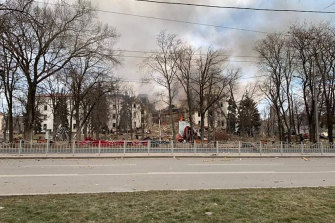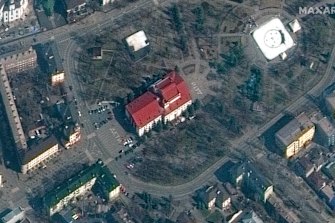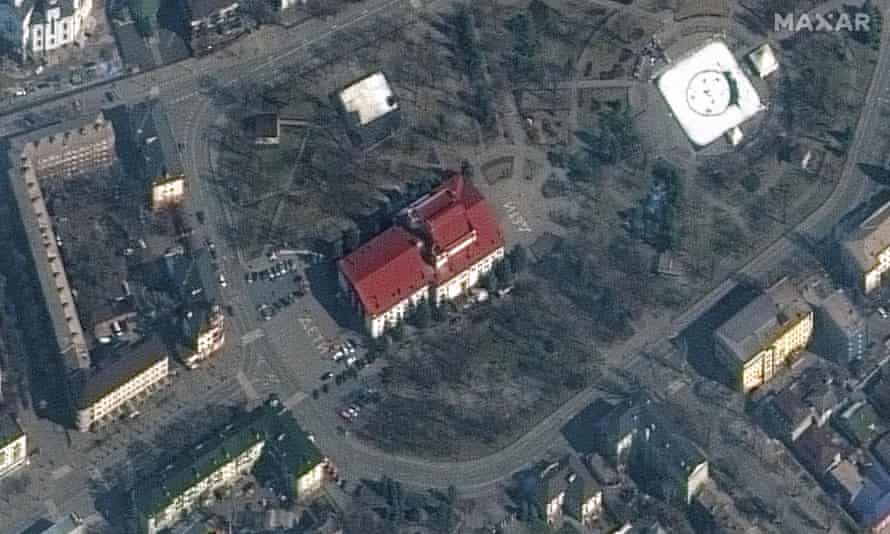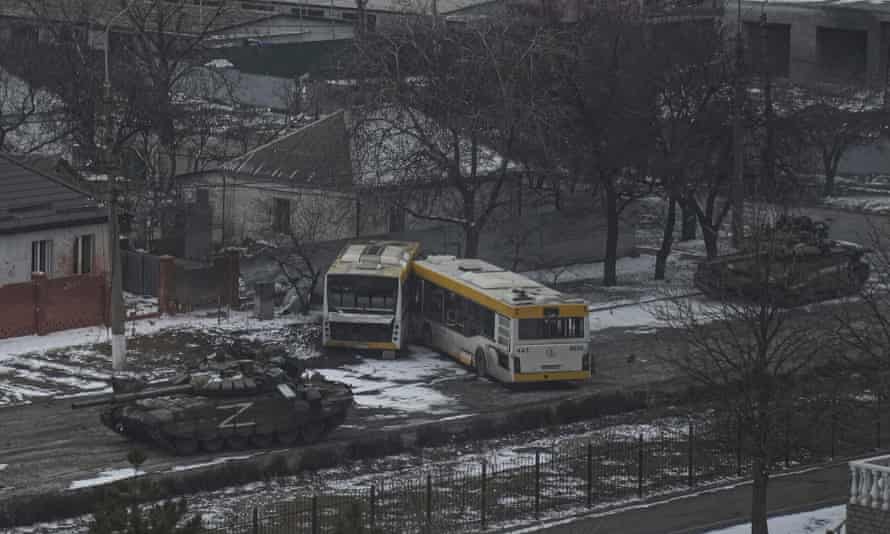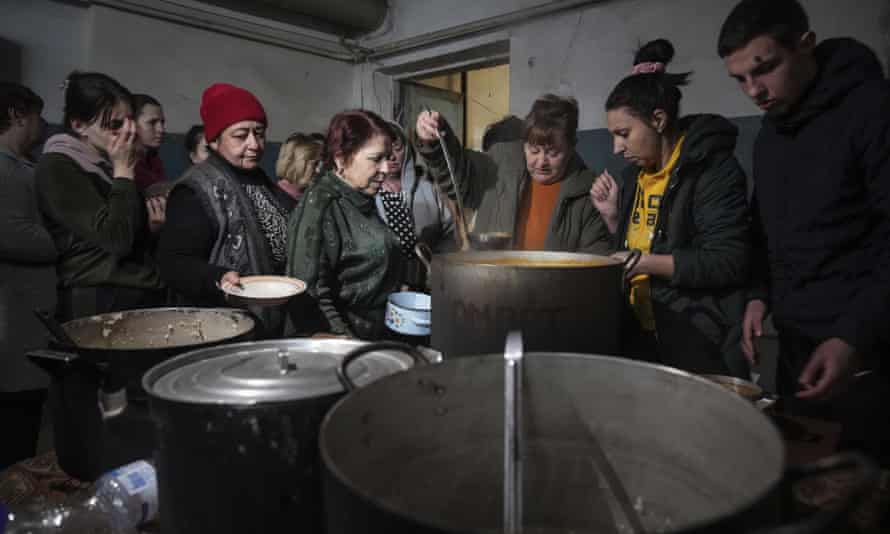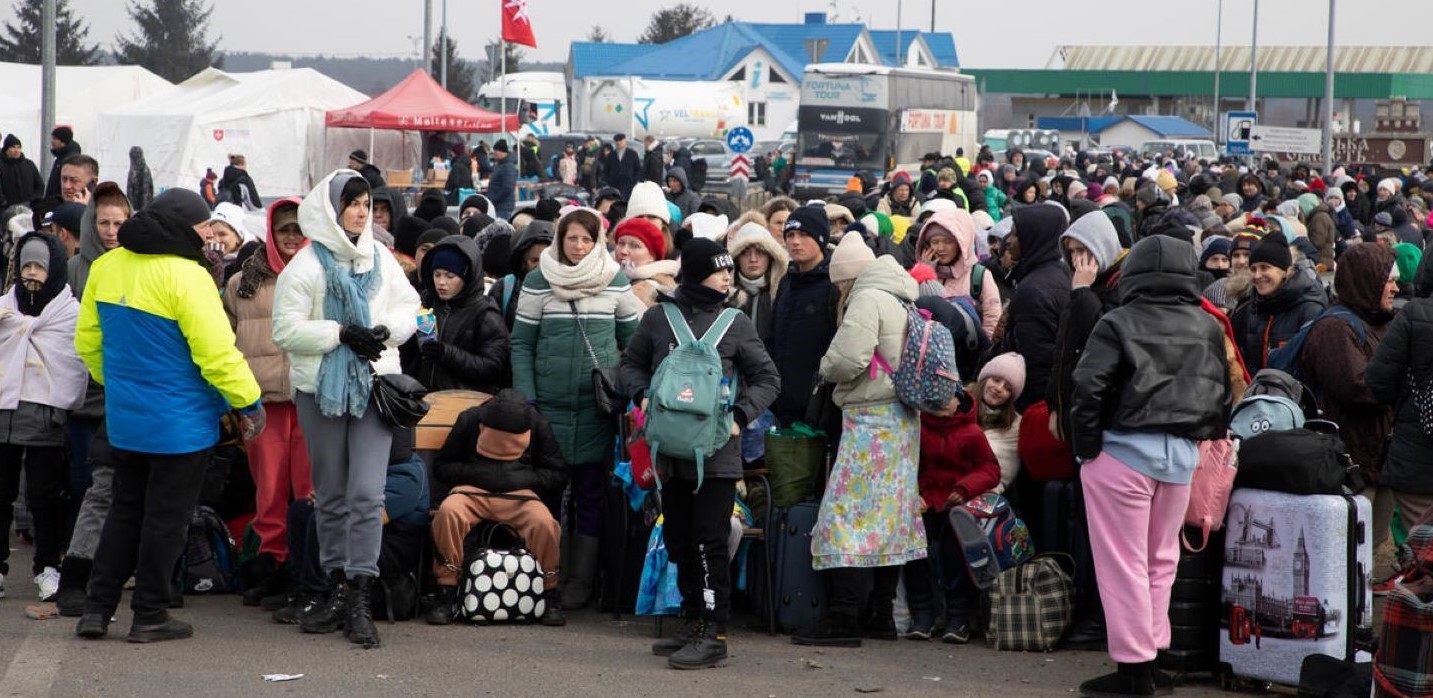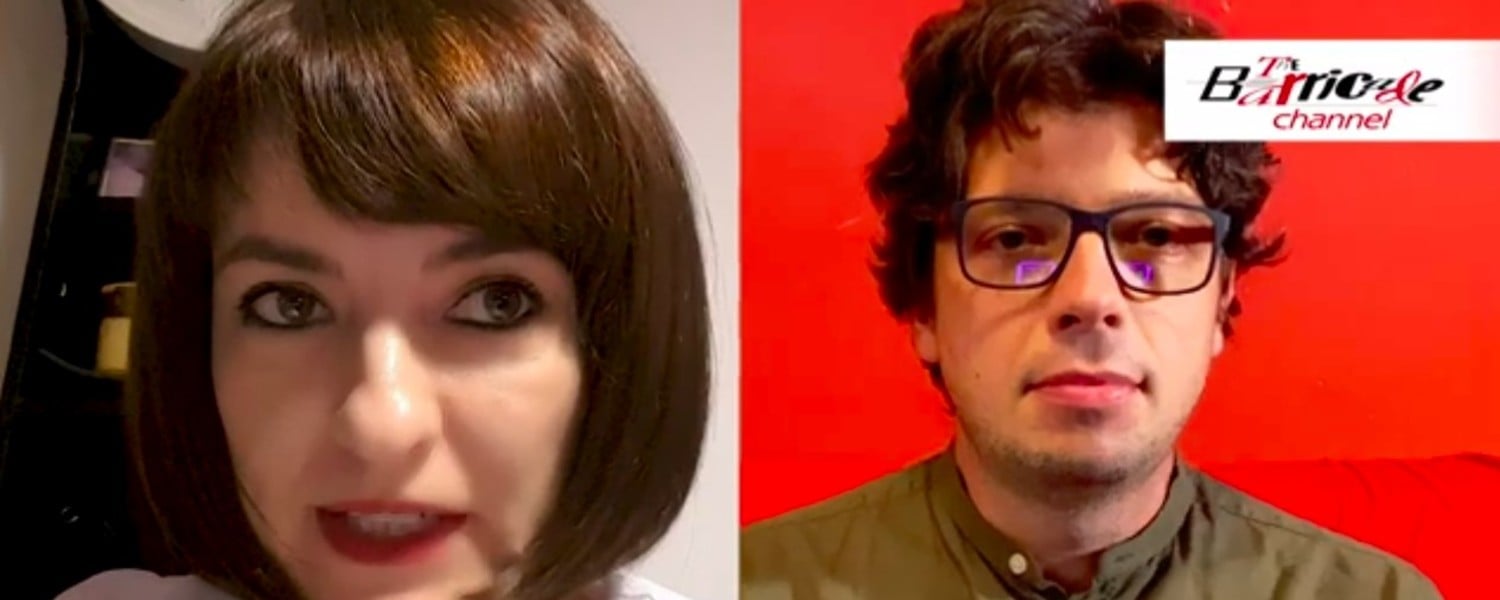Mike Snider, USA TODAY
While watching Volodymyr Zelenskyy's affecting appeal for aid from the U.S. Congress on Wednesday, investment advisor and financial pundit Peter Schiff thought the Ukrainian president could have dressed up a bit more.
Zelenskyy has gained respect for his social video posts in which he is plain-spoken and plainly dressed. He famously told the U.S. at the outset of Russia's invasion, "I need ammunition, not a ride."
But Zelenskyy's dressed-down approach was inappropriate, said Schiff, who is chief economist and president of investment firm Euro Pacific Capital.
"I understand times are hard, but doesn't the President of the #Ukraine own a suit? I don't have much respect for current members of the U.S. Congress either, but I still wouldn't address them wearing a t-shirt," he tweeted. "I wouldn't want to disrespect the institution or the Unites States."

His hot take took a lot of hits on the social network. By the way, that's Schiff's misspelling of "United States" in the tweet.
Meanwhile retired U.S. Air Force colonel Moe Davis tweeted: "Seriously! The man’s in the midst of an invasion and someone wants to critique his wardrobe? As for disrespect … it’s “United States.”
As the reactions came in, Schiff, a former GOP Senate candidate in Connecticut in 2010, continued to stand up for his opinion, noting that Zelenskyy could "reach into the same closet he keeps his t-shirts" to get a suit.
The suit wouldn't need to be pressed, he tweeted, and, "if there were not suits available, maybe a long-sleeved shirt with a collar."
But Schiff countered: "Then you don't spend much time on Twitter."
Several media outlets wrote about the response to Schiff's comments. Among them was The Wrap with its headline: "Financier and Radio Host Peter Schiff Dressed Down for Criticizing Zelenskyy’s Casual Attire."
USA TODAY has reached out to Schiff’s company for comment.
By late afternoon, the conversation continued on Twitter. "You've earned the ratio & neg comments you're getting," tweeted personal finance expert Lynnette Khalfani-Cox.
But Schiff suggested since Zelenskyy had time to comb his hair, shave and put on makeup, that the Ukrainian president "could have worn something less informal than a t-shirt. That's all I suggested."
It remains to see who will get the last word about this on Twitter.
Follow Mike Snider on Twitter: @mikesnider.
This article originally appeared on USA TODAY: Doesn't Ukrainian President Zelenskyy 'own a suit?' Economist asks and gets slammed on Twitter.
Microsoft and partners may be compensated if you purchase something through recommended links in this article.
